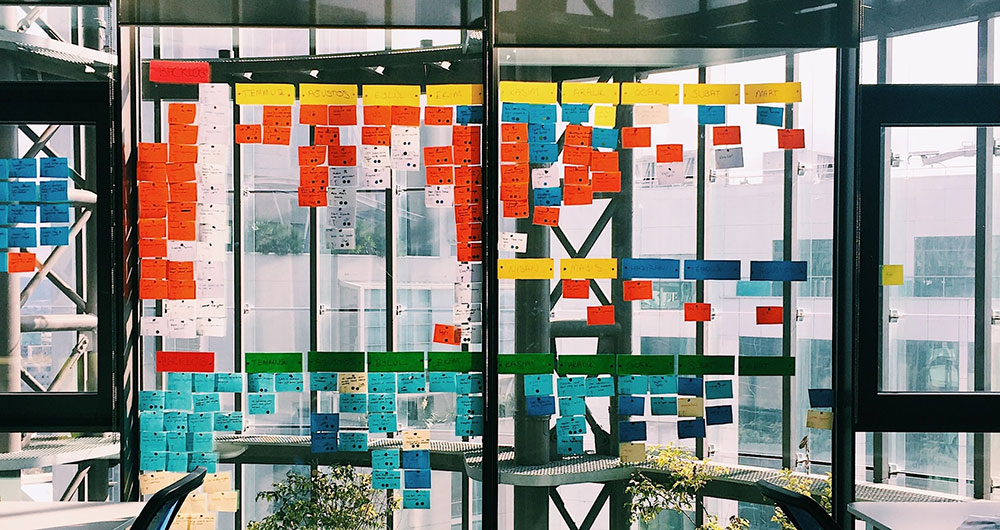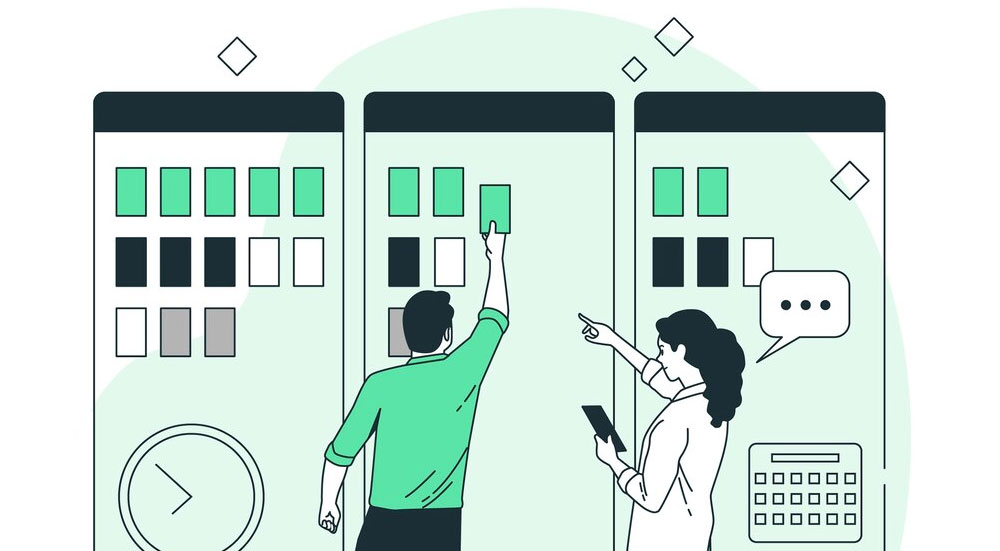Proof of Concept vs Prototype. Do we really need to compare them?
Let’s see.
The terms “Proof of Concept” and “Prototype” describe the same thing. During the development of a new product, it passes through both stages on its way to its production.
However, they are not one and the same. There are very marked differences between their definitions and functions.
This article breaks down what the differences are between these stages. Readers will be able to choose which development model they will need, if not both.
POC – Proof of Concept
Overview
Proof of Concept (POC) is a development model used to test the feasibility of a concept. The POC happens long before application development.
The aim is to test assumptions in this stage. It’s the best way to validate conceptions about target users and the app construct itself.
Of course, if the concept is already available in the market, it’s possible to skip this step.
Developing a POC is a test of a theory or idea. Before starting a development project, find out if the product can actually be built.
Once a project passes a POC, it’s like a green light for the next phase of development. This ensures that there are fewer business risks and more project savings.
If an app or product development project fails the POC, the project will most likely be scrapped. Or the scope will significantly change before moving ahead.
The POC is an internal evaluation and never needs to be publicly available.
Usability
It is essential to manage the scope of a POC. If it’s too broad it will be difficult to make a clear determination.
A POC will only verify the functionality of one concept or a set of concepts. It’s not to determine the product usage viability or product application.
Usability and integration of the product are a whole other process. It is also a very time-intensive process.
Be very clear about what the purpose of the POC is before going into it. It identifies the product features before development and viability checks begin.
Here are a few reasons to initiate a Proof of Concept project:
- To stay competitive. It’s a cost-effective way to develop a unique product that can help you stay ahead of the competition.
- ID the correct path. Executing more than one POC using different technologies can reduce significant risks.
- Fund the project. The data acquired from a POC can help attract investors. People want proof before they invest funds.
- To save time and money. A brief POC project will reveal whether to move ahead with a project or not.
Why Build a Proof of Concept?
Funding the project may be at the top of the list for initiating a POC. With positive POC data, a project can quickly move ahead with little existing capital.
The concept development stage is an effective point at which to draw in stakeholders and investors. Startups, innovators, and entrepreneurs use the POC to validate ideas and propositions.
Indeed, a POC should be the first step in the development of any product or application. A POC is necessary for the following situations:
- To verify a product’s industrial utility in order to secure a preliminary investment.
- To substantiate the concept’s feasibility before beginning product development.
- If creating a new product with an untried and untested idea.
- If not implementing the previously applied technology in your industry.
- To share the product and concept with team members.
Prototype
Overview

The Prototype stage comes after a product or application has passed the POC stage. It is a form of research that validates the design direction you will take with the product.
The prototype is a preliminary conceptualization of the working product. This stage helps flesh out the product’s look and feel.
It also tests how customers use and react to their user experience (UX).
Here is where people get confused because the prototype shares a similar purpose to the POC. It helps teams make decisions about product development and reduces the chance of error.
The POC scope is very tight, focusing on just one aspect of the product. Whereas a prototype is a working model of multiple aspects of a product.
A team will often build a prototype to test the product’s design, functionality, and usability. The prototype also helps them to discover any errors.
So, the prototype is much broader in scope than the POC.
Usability
The prototype stage is quite exciting. It’s when an actual working model gets developed.
Of course, this stage is also full of firsts. It’s the first model, first user attempt, and the inevitable first error.
Finding errors is not a bad thing. It is the purpose of building the prototype.
The benefits of designing a prototype are many, but here are a few of the best:
Gaining customer opinion
With a physical prototype, it is possible to get direct feedback from people. This input is vital to identify flaws, fix them, and continue with development.
Savings
Finding potential design flaws before product development helps prevent the need for reworks. Teams also avoid the costs that go with them.
Product testing.
To achieve the desired design functionality, developers can run multiple tests on the prototype.
Investment funds.
An attractive, professional prototype can help to nail down investor interest.
Why Build a Prototype?
The primary purpose of a prototype is to be able to test the product for errors and usability. It provides an opportunity to make needed changes before the product hits the market.
If necessary, it also makes it possible to release a new version or create a new prototype that does better.
Prototypes are also valuable real-world investigation tools. They help developers see how users interface with their products.
Do they understand the features? Can they navigate around the technology? Is it the best it can be?
For those with limited time and money to showcase product design and UX flow, building a prototype can help attract investors.
Ending thoughts on proof of concept vs prototype
Many startups fail due to a lack of forethought, product research, and planning.
A Proof of Concept is a focused test on a specific design idea. It proves functionality and verifies concepts and theories.
These are then tested further in other stages. It determines if a project is feasible.
A working prototype allows a developer to test their concepts, theories, and product. They can see what the design will look like and how the navigation functions.
A prototype determines how to develop a project.
Choosing the correct development model helps save time and money. It enables developers to make their product a success.
If you enjoyed reading this article on proof of concept vs prototype, you should check out this one about the risk management process.
We also wrote about a few related subjects like how to pick an outstaffing company, nearshoring, startup consultants, startup press kit examples, types of investors, share options, London startups, gifting shares, best startup books, and MVP tests,
- What Are Third-Party Cookies and How They Work - April 20, 2024
- How Do Websites Detect Adblock? It’s Quite Simple, Actually - April 14, 2024
- Financial Software Development Companies You Should Know - April 11, 2024









